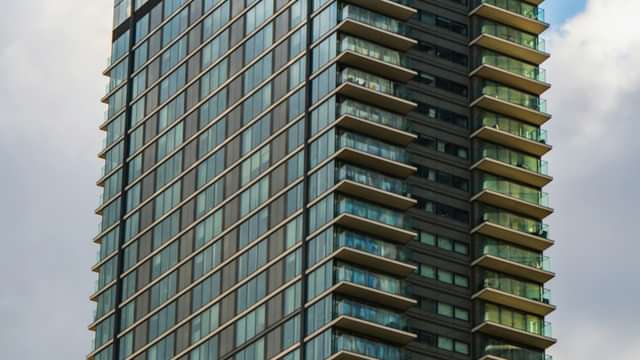The cladding scandal continues to create big issues for leaseholders and landlords alike. While one would hope that most buildings with problematic cladding have now been identified, in many cases there is still a question mark over how exactly critical remedial works will then be funded. The government has taken steps to help address that question by its enactment of the Building Safety Act 2022. My colleagues Hannah Weller and Sarah Rock have written about that Act here.
It is now clear that in most cases a charge to leaseholders (largely flat-owners) for the costs of removing/ replacing any part of a cladding system that forms the outer wall of an external wall system should be a step of last resort. Where a charge can be levied on leaseholders, Government guidance indicates that this will be subject to a cap of £15,000 per property in Greater London and £10,000 elsewhere. The exact amount of any cap is yet to be determined.
It is important that any landlords seeking to levy charges on their leaseholders do not however forget to check if they also need to follow the statutory consultation process set out at section 20 of the Landlord and Tenant Act 1985.
What does the consultation process entail?
Landlords must consult leaseholders paying variable service charge where they propose to carry out qualifying works for which they will need that leaseholder to contribute more than £250.
A landlord may need to serve up to three notices:
- Notice of intention to carry out works – to be served before tenders obtained;
- Notification of landlord’s proposals – giving details of tenders obtained;
- Notice of reasons for awarding the contract – this only needs to be served in certain circumstances.
A landlord should usually allow several months between the commencement of the s20 consultation process and the proposed date for starting works, given the time periods which the leaseholders have to respond to each notice served.
What are the penalties?
If a landlord fails to properly consult its leaseholders than the leaseholders’ contribution to the cost of the work is capped at £250, unless the landlord successfully applies to the First Tier Tribunal (Property Chamber) for dispensation from the consultation requirements.
Landlords should therefore take note that failure to properly follow the statutory consultation procedure may result in them receiving a contribution from leaseholders which is significantly less even than any cap imposed by the government.































































































